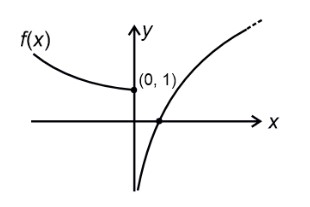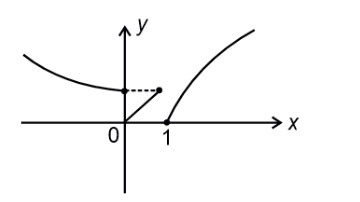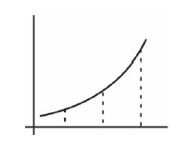Let S = {n ∈ N | [n,i;0,1][a,b;c,d] = [a,b;c,d] ∀ a,b,c,d ∈ R}, where i = √-1. Then the number of 2-digit numbers in the set S is …….
Let S = {n ∈ N | [n,i;0,1][a,b;c,d] = [a,b;c,d] ∀ a,b,c,d ∈ R}, where i = √-1. Then the number of 2-digit numbers in the set S is …….
-
1 Answer
-
S = {n ∈ N | [n i; 0 1] [a b; c d] = [a b; c d] ∀a, b, c, d ∈ R}
[na+ic, nb+id; c, d] = [a, b;c, d]
This must be an identity matrix. n=1. The question seems to have typos. Let's follow the solution logic.
The solution implies the matrix must be [1 0; 0 1] or [-1 0; 0 -1]. And n must be a multiple of 8.
2-digit multiples of 8 are 16, 24, ., 96. Total 11 numbers.
Similar Questions for you
R1 = { (1, 1) (1, 2), (1, 3)., (1, 20), (2, 2), (2, 4). (2, 20), (3, 3), (3, 6), . (3, 18),
(4, 4), (4, 8), . (4, 20), (5, 5), (5, 10), (5, 15), (5, 20), (6, 6), (6, 12), (6, 18), (7. 7),
(7, 14), (8, 8), (8, 16), (9, 9), (9, 18), (10, 10), (10, 20), (11, 11), (12, 12), . (20, 20)}
n (R1) = 66
R2 = {a is integral multiple of b}
So n (R1 – R2) = 66 – 20 = 46
as R1 Ç R2 = { (a, a) : a Î s} = { (1, 1), (2, 2), ., (20, 20)}


⇒ (y, x) ∈ R V (x, y) ∈ R
(x, y) ∈ R ⇒ 2x = 3y and (y, x) ∈ R ⇒ 3x = 2y
Which holds only for (0, 0)
Which does not belongs to R.
∴ Value of n = 0
f is increasing function
x < 5x < 7x

f (x) < f (5x) < f (7x)
->
Given f (k) =
Case I : If x is even then g (x) = x . (i)
Case II : If x is odd then g (x + 1) = x + 1 . (ii)
From (i) & (ii), g (x) = x, when x is even
So total no. of functions = 105 × 1 = 105
Taking an Exam? Selecting a College?
Get authentic answers from experts, students and alumni that you won't find anywhere else
Sign Up on ShikshaOn Shiksha, get access to
- 65k Colleges
- 1.2k Exams
- 679k Reviews
- 1800k Answers

